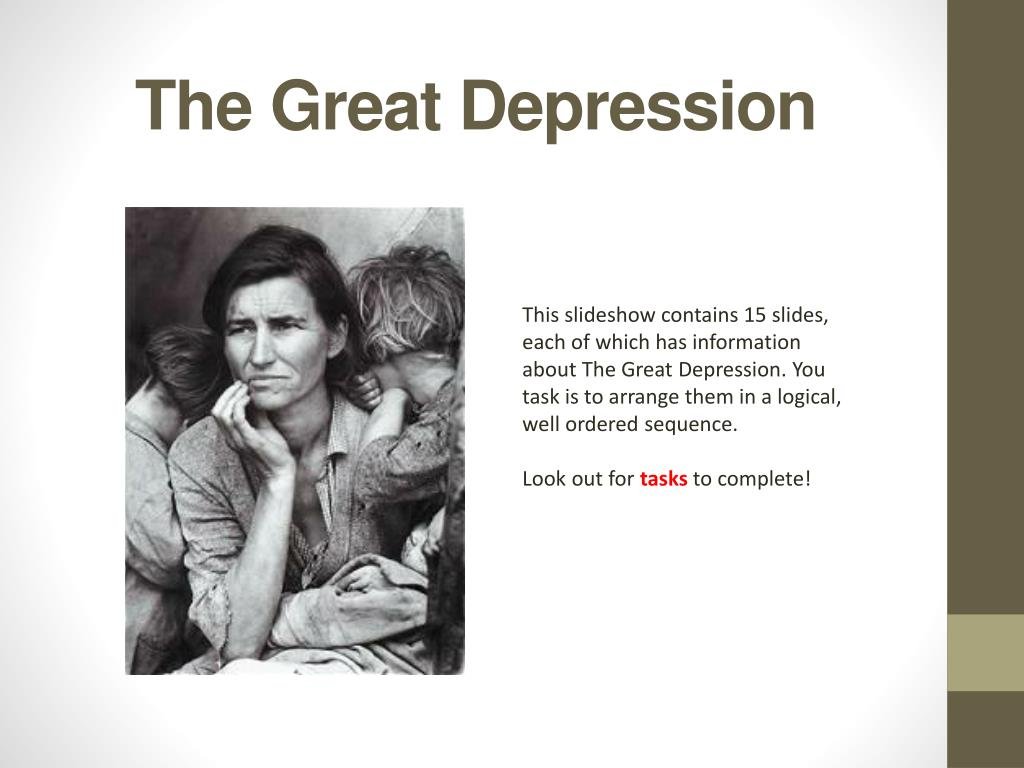- It is a common question people around the world ask themselves, and in this article, we will next turn our focus to the year with the worst economy in the world.

According to the economic development, the severest crisis year in the whole world can be ranked 1932 in the frames of the Great Depression. At this time, the economic environment in many parts of the world was not very favorable and the advaced economies experienced high unemployment rates, steep decline in industrial output, and extensive failures in the financial sector cutting across the globe. The depression is known to have started in 1929 when the market in the United States of America collapsed, and went on until the following decade.

The great depression which occurred from 1929 to the late 1930s might be considered as the worse economic crisis in global economy of the modern world. Known as Black Tuesday, it started developing in the United States after the collapse of the stock market in October 1929. This event resulted in a sequence of failures and hardships in terms of economic incidences that affected the entire global economy. Here’s a detailed overview and how it affected various countries:Here’s a detailed overview and how it affected various countries:
Factors that led to the occurrence of Great Depression
1. Stock Market Crash of 1929: It was so ill-fated that it made many investors loose out within such a short time and with an alarming speed.
2. Bank Failures: There were a lot of unsuccessful cases when the banks did not have sufficient liquid funds and could not with difficulty cover the money granted for the credit operations.
3. Reduction in Purchasing Across the Board: Subsequently, the amount of money available was decreased hence leading to a cut down on purchasing where by implying that the flow of money was insufficient to buy products, thus an indication of low output.
4. Drought Conditions: Especially in the United States, Dust Bowl work negatively with the economic situation since it affected the agricultural areas.
5. International Trade Decline: This was due to other Anti-overseas tariffs such as the Smoot-Hawley Tariff of 1930 that reduced the international trade.
Impact on Different Countries
United States:
- Unemployment: It skyrocketed to about 25% at its worst.
Bank Failures: During the 1930’s there were records of about nine thousand failures in banks.
Homelessness: People started losing their homes, and many of them began to build makeshift homes in the empty lots: these were called Hooverville’s.
Germany
-
- Unemployment: Soared to 30% by 1932.
-
- Political Instability: Economic hardship contributed to the rise of extremist political movements, including the Nazi Party.
United Kingdom
-
- Industrial Decline: Heavy industries such as shipbuilding were particularly affected.
-
- Unemployment: Peaked at around 20%.
France
-
- Slower Recovery: France experienced a prolonged economic stagnation with slower recovery compared to other European countries.
Canada
-
- Unemployment: Peaked at 27%.
-
- Economic Decline: Significant drops in both industrial and agricultural outputs.
Australia
-
- Debt Crisis: The country was heavily in debt due to war loans.
-
- Unemployment: Reached around 32%.
Japan
-
- Export Decline: Heavily affected due to reliance on exports.
-
- Military Expansion: Economic difficulties contributed to the militarization and expansionist policies leading up to World War II.
Latin American Countries
-
- Export Impact: Countries like Argentina and Brazil faced severe declines in their export markets, especially in agricultural products.
-
- Political Changes: Economic hardships led to political instability and changes in government.

Global Consequences
-
- Economic Policies: Governments implemented various measures, such as New Deal programs in the U.S., to stimulate recovery.
-
- Social Impact: Widespread poverty and social upheaval, with significant impacts on daily life.
-
- Long-term Effects: The economic distress contributed to the rise of totalitarian regimes and eventually to World War II.
The Great Depression’s global reach and severe impact on economies worldwide led to fundamental changes in economic policies and government intervention in economic affairs.

